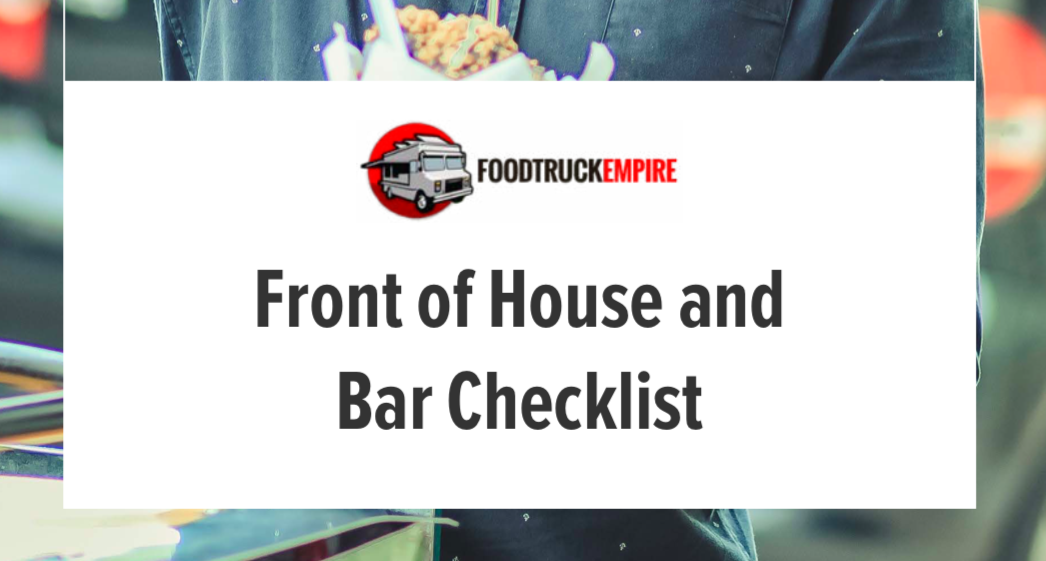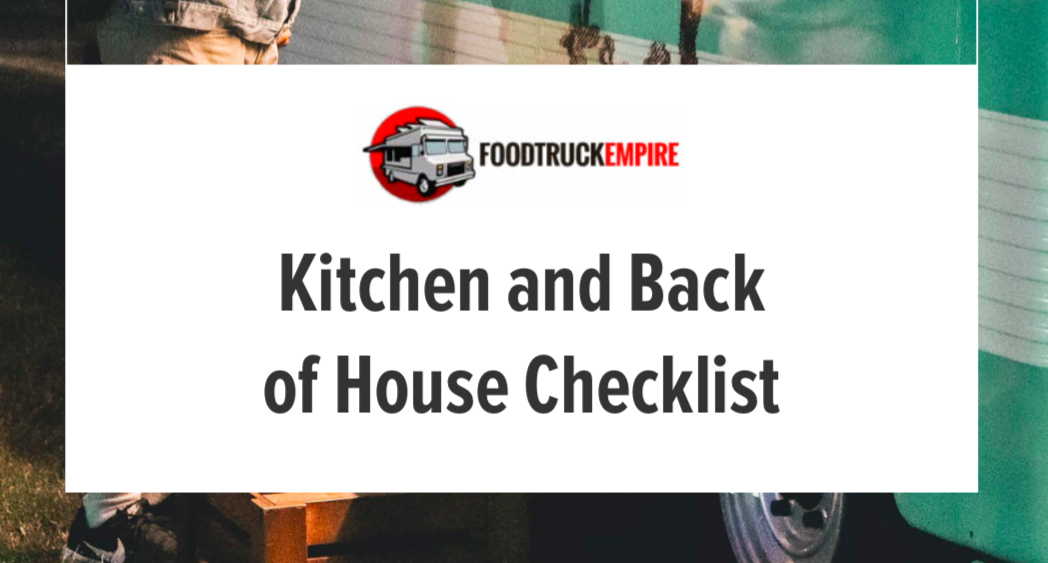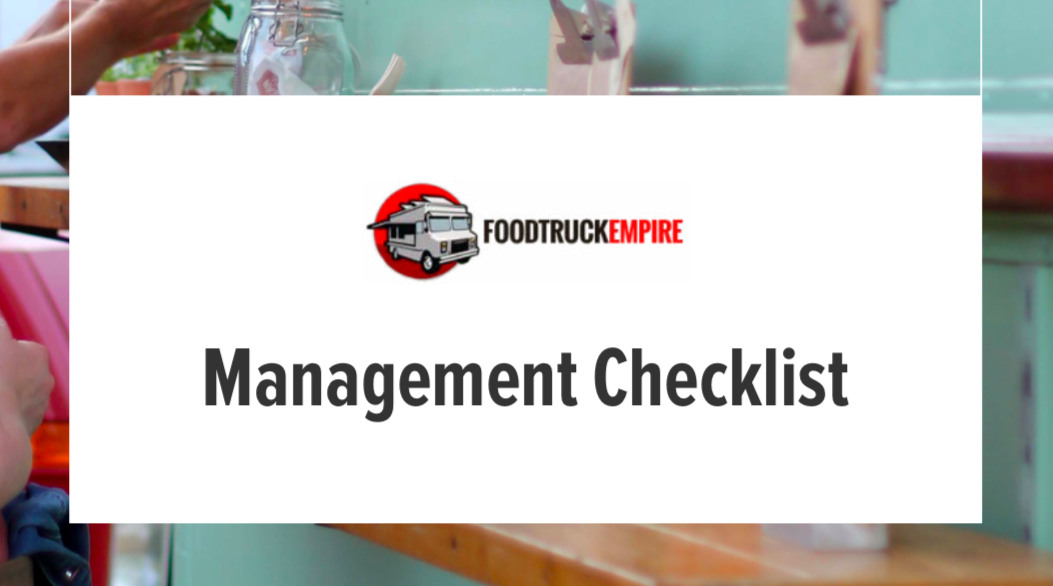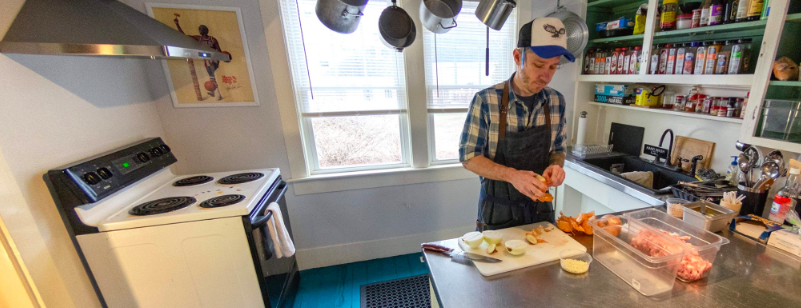
Need a checklist you can give to managers to ensure everything is cleaned, prepped and ready for business the next day? We’ve got you covered with printable PDFs you can download now and use in your own restaurant right away.
Most restaurants divide closing responsibilities into three categories: A front of house closing list, a back of house closing list, and a manager’s closing list. Typically, floor managers, experienced servers, chefs or line cooks, or general managers are responsible not for performing each task themselves, but simply in ensuring they get done by SOMEBODY.
Hold your employees accountable for their closing duties by either printing multiple copies of checklists to be completed by the person to whom duties are assigned each night, or laminate a big copy for staff to check off with a dry erase marker as tasks are completed. A tiny surge of extra effort at the end of the evening will help ensure a smooth, efficient, and safe opening the next day, and your staff (not to mention your customers!) will appreciate it.
Here’s a sample manager closing checklist in PDF to help get you started with organizing your closing duties sheets. Of course, not every task will apply to every establishment, so feel free to add or subtract to the lists below to suit your particular business. You’ll find more business startup checklists at no cost by downloading our food business startup kit.

Front of House Checklist
Cleaning:
Bar-Specific Tasks:
Security:
Organization:

Closing checklist for back of the house and kitchen.
Cleaning:
Inventory:
Organization:
Food and Fire Safety:

Manager store closing checklist.
Cleaning/Supervision:
Staff and Morale:
Organization:
Financials:
Safety

Me in the kitchen.
It’s the end of the night. The last satisfied customer has been given their coat and show the door. The house lights are off, the in-house music has been switched from non-threatening electronic noise to blaringly loud throwback gangster rap, and the entire staff is breathing a huge sigh of relief. There were no major screw-ups, the kitchen kept up, there were no major blunders by the front-of-house staff, and the till is full. As a busy night in your restaurant goes, this has felt like a pretty good one…until you confront the mess.
There’s a wad of greasy napkins under table six. The dish pit is overflowing with gravy-soaked pots and pans. Your line cooks have used every single prep pan you own. No one has rolled silverware all night. And the kitchen looks like it’s been hit by a tornado made of metal spoons and demiglace.
At times like these, it can be tempting to rush through your cleanup checklist, close the doors, and walk away to face your destroyed kitchen and dining room in the light of day. After all, it will all still be there in the morning, right? And wouldn’t it all be easier to deal with after a good night’s sleep?
Stop right there. Taking time to close down your restaurant properly, and to do as much as possible to prep for the next day is a critically important part of keeping your business running smoothly.
And since even an experienced staff or manager is prone to occasional bouts of fatigue and corner-cutting, and because different teams need to be held accountable for their various responsibilities, many managers find an “end of night closing” checklist to be a helpful tool in managing all of the tasks that need to be performed each night, while setting the morning crew up for success the following day.
The PDF and written check lists published here will get you about 90% of the way there. But your restaurant probably has some unique attributes we didn’t include.
An orderly closing list, and working through it, won’t even be too difficult or time consuming for employees either. I’ve found that employees and staff will appreciate knowing what is expected of them each night, and creating a list also created accountability for those tasks that can be ticked off. Furthermore, the use of opening or closing lists can also be tied to employee incentives; for example, your most consistent or quickest closers may get bonuses, or first pick of shifts off each week.
Even long after you think you’ve got a pretty good handle on all of the end-of-shift tasks which must be performed each day, corners can get cut and mistakes can be made.
A well-organized closing list, separated by the different areas of the restaurant and with different staff members responsible for each component of closing ensures that your closing goes as efficiently as possible, with no missed details, and with the cleanest and most organized possible environment to walk into in the morning.
Hey! I’m Brett Lindenberg, the founder of Food Truck Empire.
We interview successful founders and share the stories behind their food trucks, restaurants, food and beverage brands. By sharing these stories, I want to help others get started.
If you liked this story, sign up for our newsletter that includes our food business startup kit and most popular interviews sent straight to your inbox.
Know someone interesting that should be interviewed on the website? Tell us about them here.